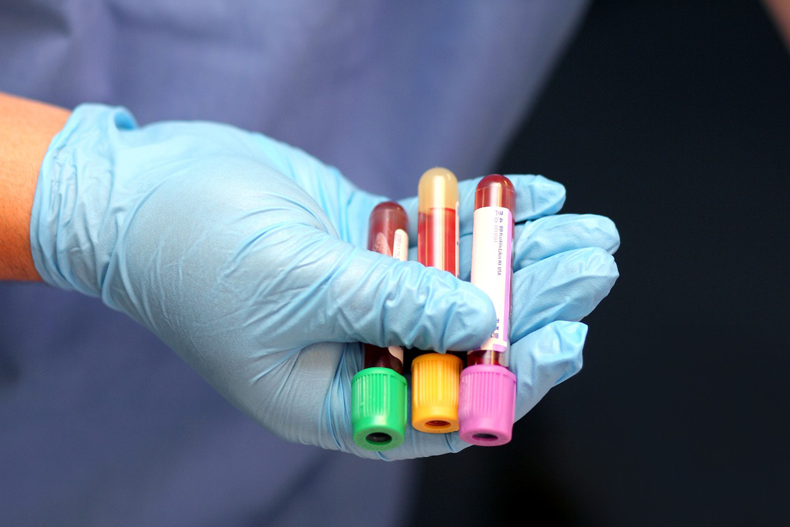Phlebotomy 101: Everything You Need too Know About Blood Drawing and Careers in Healthcare
Welcome to the world of phlebotomy—a crucial component in the healthcare field that deals with the drawing and handling of blood for diagnostic testing. Whether you’re considering a career in phlebotomy or you’re simply curious about the process, this guide will give you a complete understanding of everything related to blood drawing and the various career opportunities within healthcare.
What is Phlebotomy?
Phlebotomy is the practice of drawing blood from a patient for various medical purposes, including:
- Diagnostic testing
- Blood donation
- Infusion therapy
- Research purposes
Phlebotomists are trained professionals who perform this crucial task, and their work plays a critical role in patient care and treatment.
Importance of Phlebotomy in Healthcare
Blood tests provide essential information about a person’s health status. Accurate blood collection and handling are vital to ensure that diagnostic results are correct.
- early detection of diseases
- Monitoring existing health conditions
- Guiding treatment plans
Phlebotomy Techniques and Equipment
Understanding the techniques and equipment used in phlebotomy is essential for any aspiring phlebotomist. Here are some common techniques:
Common Phlebotomy Techniques
- Venipuncture: The most common method, where blood is drawn from a vein using a needle.
- Capillary puncture: Also known as a fingerstick, this method is used for small blood samples.
Essential Equipment
- Needles (various gauges)
- Vacutainer tubes
- Alcohol swabs
- Gloves
- Tourniquet
Steps in the blood Drawing Process
The blood drawing process involves several critical steps:
- Prepare the patient: Explain the procedure and ensure the patient is comfortable.
- Gather equipment: Collect all necessary tools and materials.
- Clean the site: use alcohol swabs to disinfect the chosen area.
- Apply the tourniquet: Raise the vein and make it easier to puncture.
- Insert the needle: Carefully insert the needle into the vein at the correct angle.
- Collect the sample: Fill the vacutainer tubes as needed.
- Remove the needle and apply pressure: Once the sample is collected, withdraw the needle and apply pressure to stop bleeding.
- Label and store the sample: Properly label each tube and store them according to protocol.
Education and Certification in Phlebotomy
To pursue a career in phlebotomy, an aspiring phlebotomist should complete a training program that usually covers the following:
- Human anatomy and physiology
- Blood collection techniques
- Safety and infection control procedures
After completing a training program, the next step typically involves obtaining certification to enhance job prospects. Various organizations offer certification, including:
| Certification Organization | Details |
|---|---|
| American Society for Clinical Pathology (ASCP) | Offers a Certified Phlebotomy Technician (CPT) credential. |
| National Healthcareer Association (NHA) | offers the Certified Phlebotomy Technician (CPT) exam. |
| American Medical Technologists (AMT) | Provides certification for Registered Phlebotomy Technicians (RPT). |
Benefits of a Career in Phlebotomy
A career in phlebotomy offers numerous advantages:
- Job Stability: The demand for healthcare professionals, including phlebotomists, is on the rise.
- short Training Duration: Phlebotomy programs typically last a few months, allowing for quicker entry into the workforce.
- Satisfaction from Helping Others: Phlebotomists play an essential role in patient care and health betterment.
Challenges in phlebotomy
While phlebotomy is a rewarding field, it comes with its own set of challenges:
- Dealing with Fear: many patients have a fear of needles, which can make drawing blood difficult.
- Attention to Detail: accurate labeling and handling of samples are vital for effective treatment.
Real-life Experiences and Case Studies
Learning from experienced phlebotomists can provide valuable insights:
- Experience 1: A phlebotomist’s ability to calm a nervous patient resulted in successful blood drawing, highlighting the importance of communication skills.
- Experience 2: A case where a mislabeled sample caused a misdiagnosis, emphasizing the need for meticulous attention to detail.
Conclusion
phlebotomy is an essential field that offers rewarding career opportunities for those interested in healthcare. With advancements in technology and an increasing demand for qualified phlebotomists, now is a great time to consider this career path. Proper training, certification, and a passion for helping others can lead to a successful and fulfilling career in phlebotomy. Whether you’re looking to draw blood or build a long-lasting career in healthcare,phlebotomy is a great place to start!
